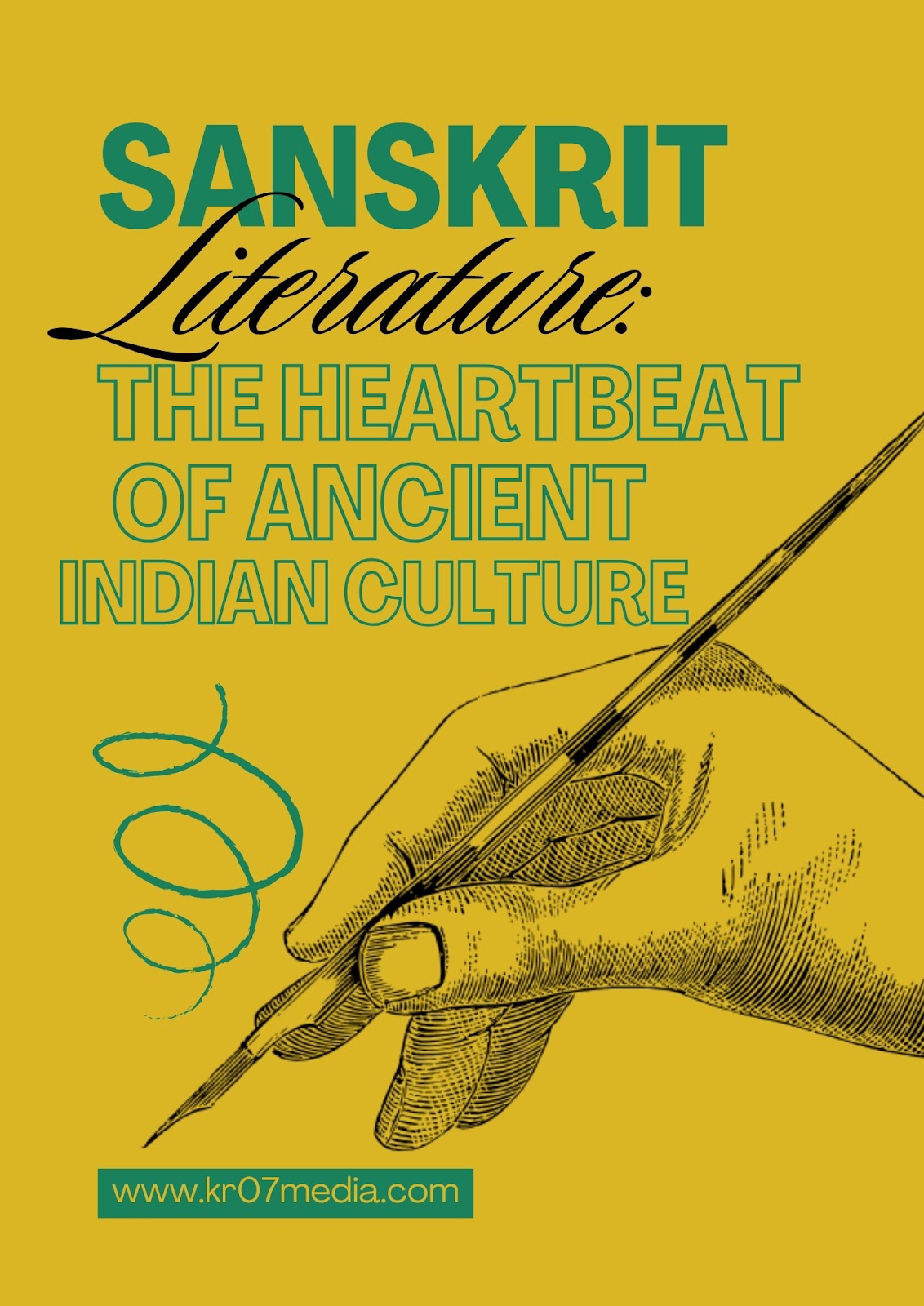Sanskrit literature, the cornerstone of India's rich cultural heritage, is a vast repository of knowledge, spirituality, and artistic expression that spans thousands of years. Often regarded as the "language of the gods," Sanskrit has been the medium through which the profound philosophies, epics, poetry, and scientific treatises of ancient India have been conveyed. This article delves into the depth and breadth of Sanskrit literature, exploring its significance and enduring legacy in shaping Indian culture.
The Origins and Evolution of Sanskrit
Sanskrit, an Indo-European language, is one of the oldest known languages. Its earliest form, Vedic Sanskrit, is found in the Rigveda, dating back to around 1500 BCE. The language evolved into Classical Sanskrit by the 4th century BCE, as standardized by the grammarian Panini in his seminal work, the "Ashtadhyayi." Panini's grammar codified the language's rules and structure, ensuring its precision and elegance, which greatly influenced the development of Sanskrit literature.
The Vedas: The Foundation of Knowledge
At the heart of Sanskrit literature are the Vedas, the oldest and most revered texts in Indian culture. Comprised of four collections—the Rigveda, Samaveda, Yajurveda, and Atharvaveda—the Vedas encompass hymns, prayers, and rituals that reflect the spiritual and philosophical wisdom of ancient India. They serve as the foundation for later religious and philosophical developments and have been a source of inspiration for countless generations.
Epics and Puranas: Narratives of Heroism and Morality
The Mahabharata and the Ramayana, the two great Indian epics, are monumental works in Sanskrit literature. The Mahabharata, attributed to Vyasa, is the longest epic poem in the world, weaving together complex narratives of heroism, dharma (righteousness), and the human condition. The Bhagavad Gita, a part of the Mahabharata, is a philosophical dialogue that has had a profound impact on Indian thought.
The Ramayana, attributed to Valmiki, narrates the life and adventures of Rama, an incarnation of the god Vishnu, emphasizing ideals of duty, devotion, and virtue. Both epics have transcended time, influencing not only literature but also art, theatre, and culture across Asia.
The Puranas, a genre of ancient Indian texts, further expand on mythology, cosmology, and history, providing rich narratives that explore the exploits of gods, goddesses, and legendary heroes. These texts have been instrumental in shaping the religious and cultural consciousness of India.
Classical Poetry and Drama: The Pinnacle of Artistic Expression
Classical Sanskrit poetry and drama represent the zenith of artistic expression in ancient India. Kalidasa, often hailed as the greatest Sanskrit poet and playwright, created masterpieces like "Shakuntala," "Meghaduta," and "Raghuvamsha," blending lyrical beauty with profound themes of love, nature, and destiny. His works are celebrated for their aesthetic elegance and emotional depth.
Bhavabhuti, another prominent playwright, contributed significantly with his plays like "Uttararama Charita" and "Malatimadhava," which explore complex human emotions and ethical dilemmas. The tradition of classical drama, characterized by its sophisticated structure and poetic dialogue, has left a lasting legacy in Indian theatre.
Philosophical and Scientific Treatises: The Quest for Knowledge
Sanskrit literature is not limited to religious and poetic works; it also encompasses a vast array of philosophical and scientific treatises. The Upanishads, a collection of philosophical texts, delve into metaphysical questions about the nature of reality, the self, and the universe, forming the core of Indian spiritual thought.
In the realm of science, texts like Aryabhatiya by Aryabhata and Sushruta Samhita by Sushruta highlight significant advancements in mathematics, astronomy, and medicine. These works underscore the intellectual rigor and scientific curiosity that characterized ancient Indian scholarship.
The Enduring Legacy of Sanskrit Literature
The legacy of Sanskrit literature is immeasurable. Its influence extends beyond India, shaping the cultural and intellectual landscapes of Southeast Asia, Tibet, and beyond. The preservation and study of Sanskrit texts have been pivotal in understanding the historical, cultural, and philosophical evolution of ancient India.
In contemporary times, there is a renewed interest in Sanskrit literature, with scholars and enthusiasts exploring its timeless wisdom and artistic richness. Efforts to digitize and translate Sanskrit texts have made this treasure trove of knowledge accessible to a global audience, ensuring its continued relevance and appreciation.
Conclusion
Sanskrit literature is not merely an ancient relic but a living tradition that continues to inspire and enlighten. It is the heartbeat of ancient Indian culture, reflecting the profound wisdom, artistic genius, and intellectual prowess of a civilization that has stood the test of time. As we delve into the depths of Sanskrit literature, we uncover the timeless essence of human thought and creativity, a testament to the enduring spirit of India's cultural heritage.



